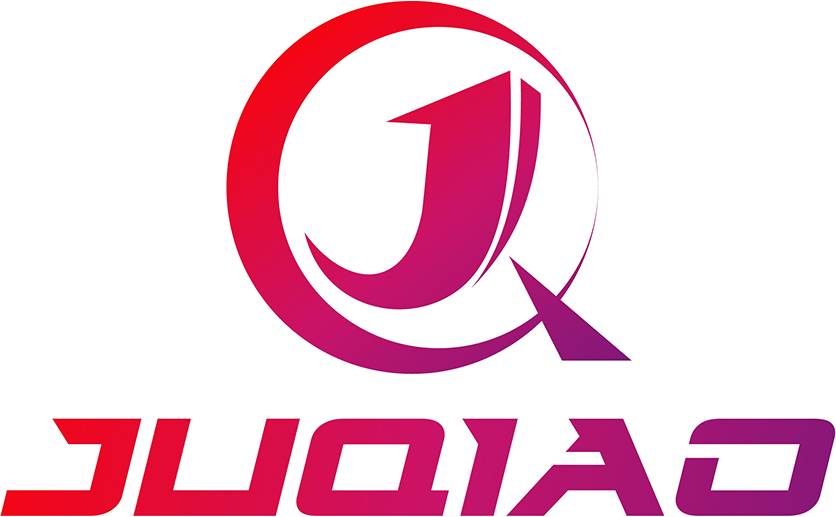Understanding Control Valves: An Essential Component in Industrial Equipment
Release time:
2025-10-17
Author:
Source:
Abstract
Control valves are vital components in the realm of industrial equipment and components, particularly within the sphere of valve technology. Their primary function is to regulate the flow rate, pressure, temperature, and other parameters of fluids within various systems, ensuring that operations run smoothly and efficiently. Understanding the mechanics and applications of control valves can signif
Control valves are vital components in the realm of industrial equipment and components, particularly within the sphere of valve technology. Their primary function is to regulate the flow rate, pressure, temperature, and other parameters of fluids within various systems, ensuring that operations run smoothly and efficiently. Understanding the mechanics and applications of control valves can significantly enhance system performance and reliability.
One of the key attributes of control valves is their ability to adjust to varying demands in a fluid system. These valves can modulate the flow of liquids or gases based on real-time data from sensors and control systems. This dynamic adjustment is crucial in maintaining optimal conditions for processes such as heating, cooling, and chemical reactions. By utilizing control valves, industries can achieve greater precision, minimize waste, and enhance overall productivity.
Control valves come in several types, each suited for different applications. The most common types include globe valves, ball valves, butterfly valves, and diaphragm valves. Globe valves are renowned for their ability to provide precise flow control, making them ideal for throttling applications. Ball valves, on the other hand, offer quick on/off control and are commonly used in pipelines. Butterfly valves are favored for their lightweight design and ability to manage large volumes of fluid with minimal pressure drop. Diaphragm valves provide excellent shut-off capabilities and are often used in applications involving corrosive or viscous fluids.
Selecting the appropriate control valve for a specific application involves considering several factors, including the type of fluid, pressure requirements, and the desired level of control. Additionally, it is essential to account for the valve’s material compatibility, as different materials react differently under various conditions. For instance, corrosive fluids may require valves made from specialized alloys or plastics to prevent degradation and ensure longevity.
In industrial settings, control valves are used in a wide array of applications, from water treatment facilities to chemical processing plants. They are instrumental in managing systems such as HVAC, power generation, and manufacturing processes. By ensuring the accurate control of fluid dynamics, control valves contribute to safety, efficiency, and sustainability in industrial operations.
In conclusion, control valves are indispensable in the industrial equipment and components sector, providing the necessary regulation to maintain optimal system performance. Understanding their types, functions, and applications can empower professionals to make informed decisions that enhance operational efficiency and reliability. Whether in large-scale manufacturing or specialized applications, the role of control valves remains pivotal in driving industrial success.
One of the key attributes of control valves is their ability to adjust to varying demands in a fluid system. These valves can modulate the flow of liquids or gases based on real-time data from sensors and control systems. This dynamic adjustment is crucial in maintaining optimal conditions for processes such as heating, cooling, and chemical reactions. By utilizing control valves, industries can achieve greater precision, minimize waste, and enhance overall productivity.
Control valves come in several types, each suited for different applications. The most common types include globe valves, ball valves, butterfly valves, and diaphragm valves. Globe valves are renowned for their ability to provide precise flow control, making them ideal for throttling applications. Ball valves, on the other hand, offer quick on/off control and are commonly used in pipelines. Butterfly valves are favored for their lightweight design and ability to manage large volumes of fluid with minimal pressure drop. Diaphragm valves provide excellent shut-off capabilities and are often used in applications involving corrosive or viscous fluids.
Selecting the appropriate control valve for a specific application involves considering several factors, including the type of fluid, pressure requirements, and the desired level of control. Additionally, it is essential to account for the valve’s material compatibility, as different materials react differently under various conditions. For instance, corrosive fluids may require valves made from specialized alloys or plastics to prevent degradation and ensure longevity.
In industrial settings, control valves are used in a wide array of applications, from water treatment facilities to chemical processing plants. They are instrumental in managing systems such as HVAC, power generation, and manufacturing processes. By ensuring the accurate control of fluid dynamics, control valves contribute to safety, efficiency, and sustainability in industrial operations.
In conclusion, control valves are indispensable in the industrial equipment and components sector, providing the necessary regulation to maintain optimal system performance. Understanding their types, functions, and applications can empower professionals to make informed decisions that enhance operational efficiency and reliability. Whether in large-scale manufacturing or specialized applications, the role of control valves remains pivotal in driving industrial success.
Recommended Reading
Understanding the Functionality of Large Diameter Valves in Industrial Applications
Understanding the Functionality of Large Diameter Valves in Industrial Applications
Table of Contents
1. Introduction to Large Diameter Valves
2. The Design and Mechanisms of Large Diameter Valves
2.1 Types of Large Diameter Valves
2.2 Materials Used in Valve Construction
3. Applications of Large Diameter Valves in Various Industries
2025-10-18
Understanding Control Valves: An Essential Component in Industrial Equipment
Control valves are vital components in the realm of industrial equipment and components, particularly within the sphere of valve technology. Their primary function is to regulate the flow rate, pressure, temperature, and other parameters of fluids within various systems, ensuring that operations run smoothly and efficiently. Understanding the mechanics and applications of control valves can signif
2025-10-17
Understanding the Importance of Regulating Valves in Industrial Applications
Understanding the Importance of Regulating Valves in Industrial Applications
Table of Contents
1. Introduction to Regulating Valves
2. What Are Regulating Valves?
3. Types of Regulating Valves Used in Industries
3.1 Globe Valves
3.2 Ball Valves
3.3 Butterfly Valves
3.4 Check Valves
4. Key Applications of Regulating Valves in Industries
5. Benefits of Using Regulating V
2025-10-16







